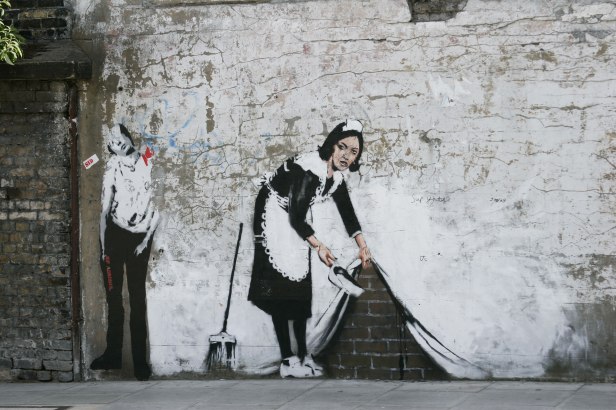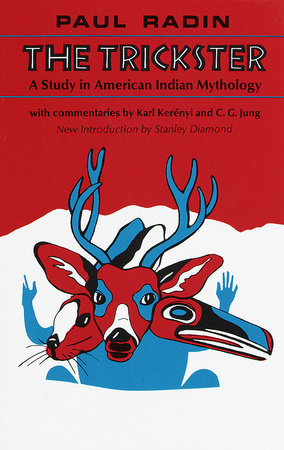I have been looking at tricksters for a long time, but never so seriously. For my initial research, I took out several books.
The Four Archetypes is actually an excerpt from Carl Jung’s larger work. In this book he discusses the four archetypes: Mother, Rebirth, Spirit, Trickster. Of course, I am more interested in the last one. The book describes the psychology of the trickster and that the trickster represents our subconscious. The trickster breaches the rules and creates disruptions. Jung talks about carnivals, when people dress up and mock the authorities thus showing what is wrong with the existing order. Jung calls the trickster the “god-man-animal”. The trickster has powers, but he errs as a human, also tricksters are very carnal, just like animals.
I learned the word ‘picaresque’ which is used in regard of the legends about stealing things.
Paul Radin studied the trickster cycles of the Winnebago people and other North-American Indians. His book is mainly a record of the trickster stories with some analysis. Lots of Coyote, Hare and Raven legends. My favourite is the Coyote because I am more familiar with this character from years before, I wanted to make a character of him, but ended up not using him in favour of depicting others.
Lewis Hyde is a famous mythologist and in his book ”Trickster Makes This World’ he not only analyses trickster legends, but draws a parallel between the tricksters and artists. He sees the trickster as a creative force. The trickster dwells in liminal spaces, crosses boundaries and connects two worlds, thus creating something innovative and meaningful, not always intentionally.
While googling the artist as trickster, I even found an audio of Hyde’s reading the beginning of his book (or it might be his thoughts before he wrote the book). He retells Hermes’ myth quite detailed, which gave me an idea to depict Hermes as one of my characters.
I looked into the topic of artists being tricksters, and found this essay about put-ons and artists as tricksters. The author Gerry Fialka talks about artists putting on their audience. Artists tricks in order to provoke speculations and attract more attention to their works. The author muses whether the artists do this on purpose or not.
I looked into the topic of artists being tricksters, and found this interview with Canadian artist Marcel Dzama talking about his film Une Danse des Bouffons (A Jester’s Dance). I have researched Marcel Dzama previously, while on Foundation course, and found that he is very cross-disciplinary, he does drawings, sculptures and installations, plays and films. He is also very playful, addresses adult topics with irony in his childrens’ books -looking images.

His works very often have a carnivalesque feel to them. A lot of dancing, masks and often violence.
Another example of trickster artists are Jake and Dinos Chapman. Their works are full of social satire and fooling around cleverly. I’ve looked at their works before, and now they also came to mind, when I was thinking of what artists could be called tricksters. They make social commentary on consumerism, authority and deface old etchings just to mess with people’s minds. They often shock people with their provocative art.

And another artist that could be considered a mega-trickster is Banksy. A street artist initially, but whose art made it into the galleries and private collections. His identity is still unconfirmed, but people have had many theories of who he was over the years. Banksy mocks and ridicules the society by creating graffiti and other artwork in a satirical way. His undisclosed identity is his ‘mask’ which allows him to point out the flaws of our society and not get any retribution for it. His choice of such a marginal art form as graffiti makes him a boundary-crosser, which is an attribute of a trickster.




